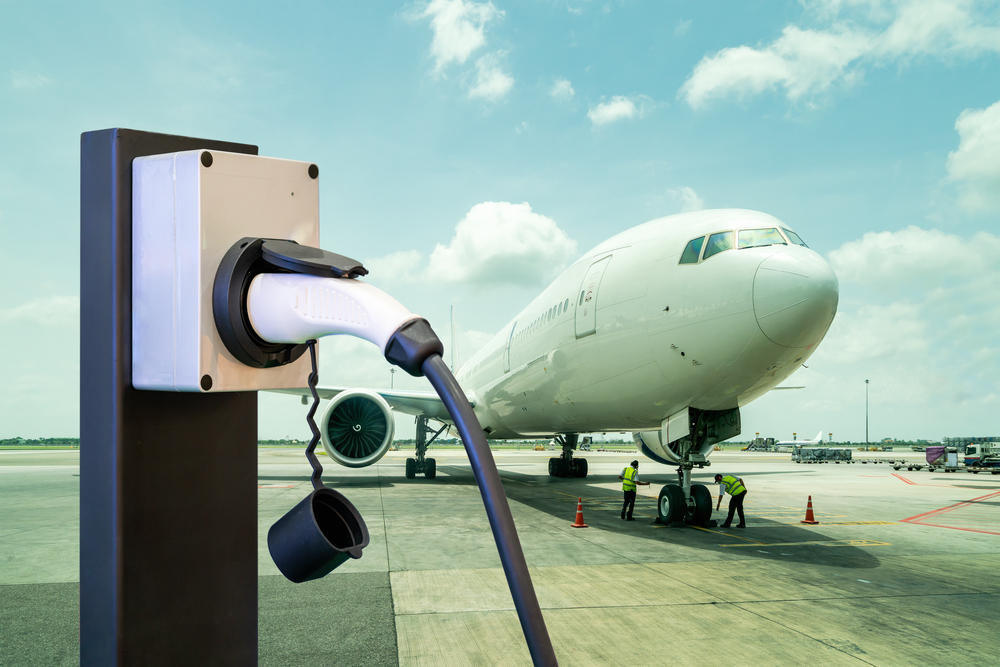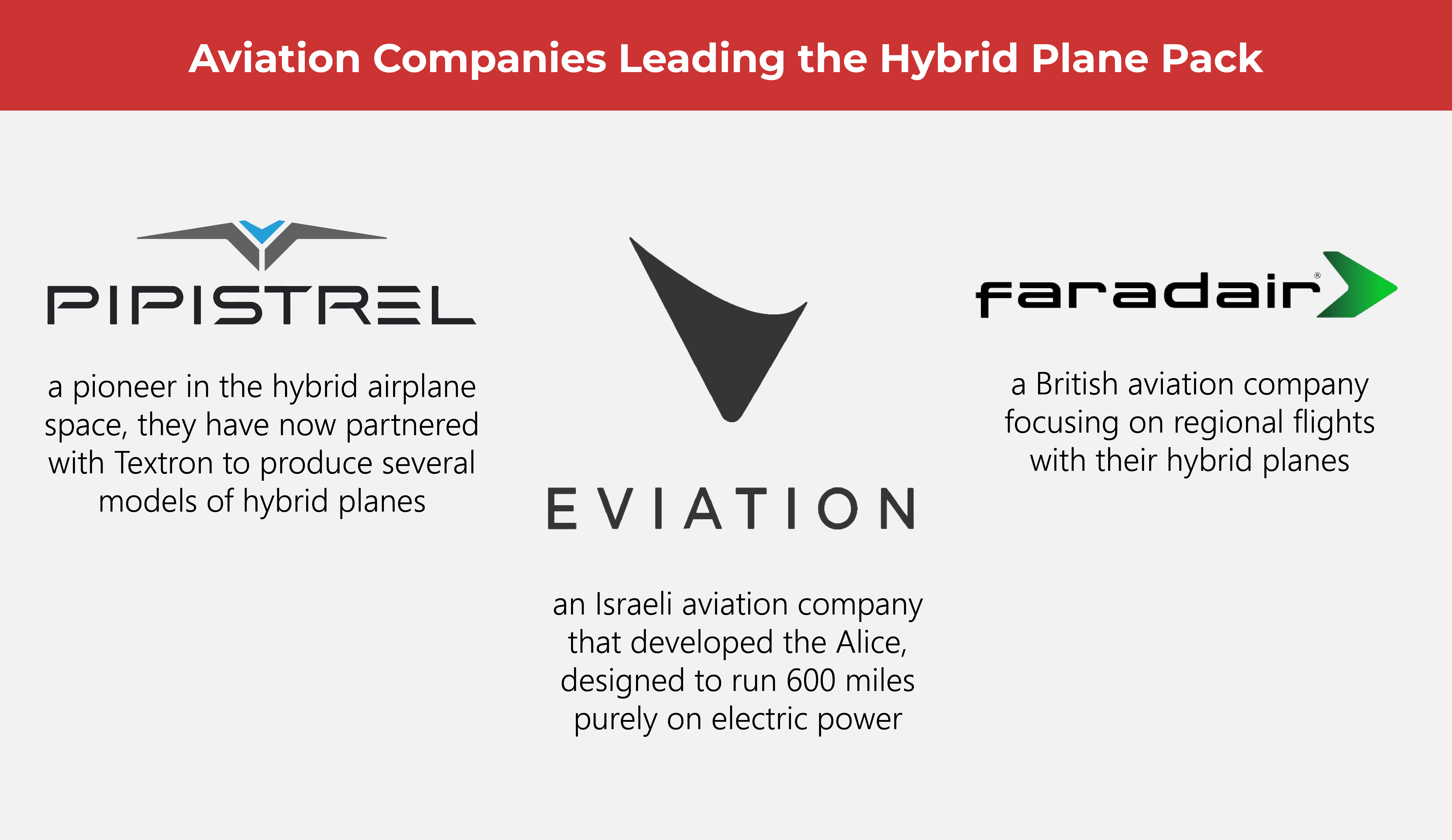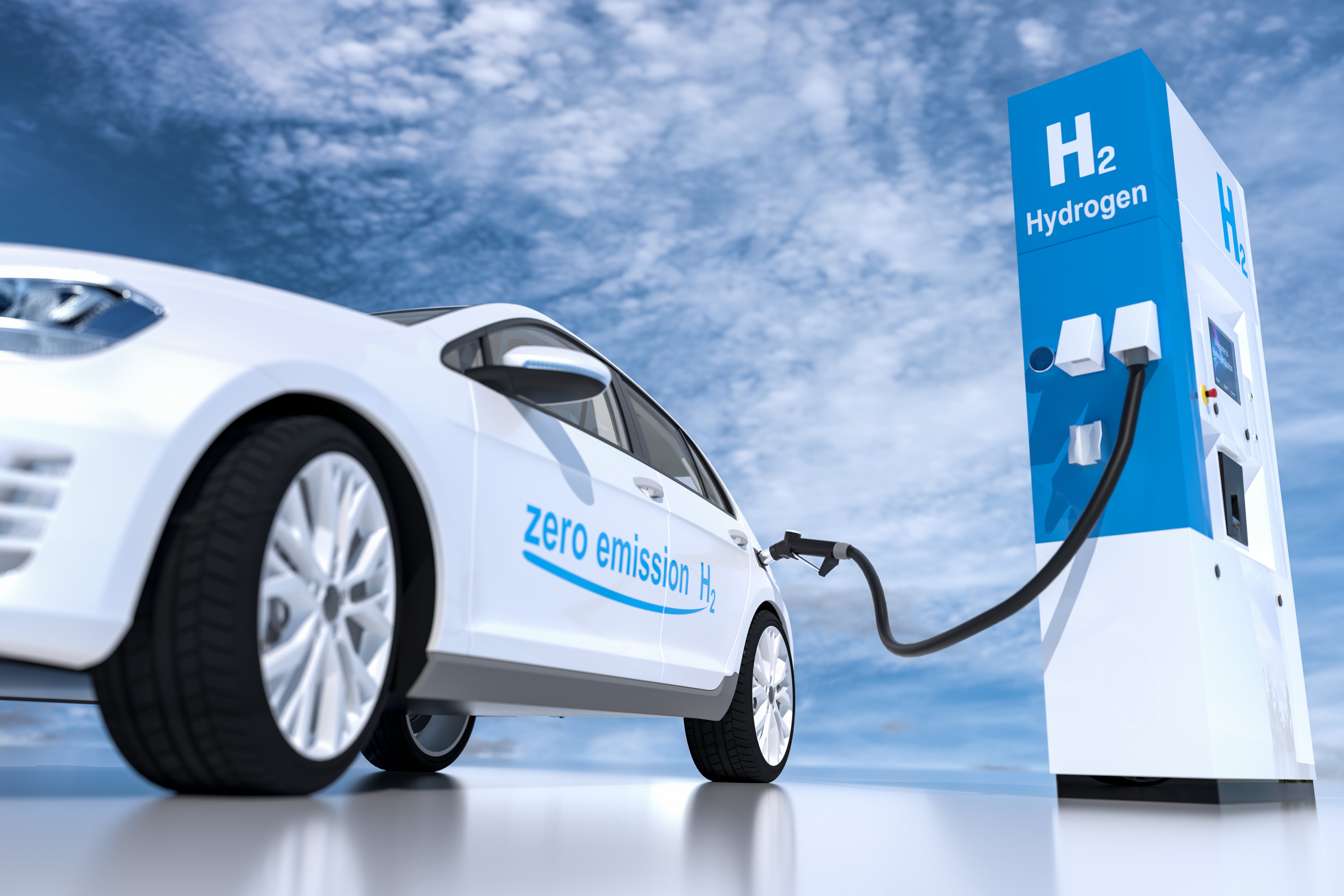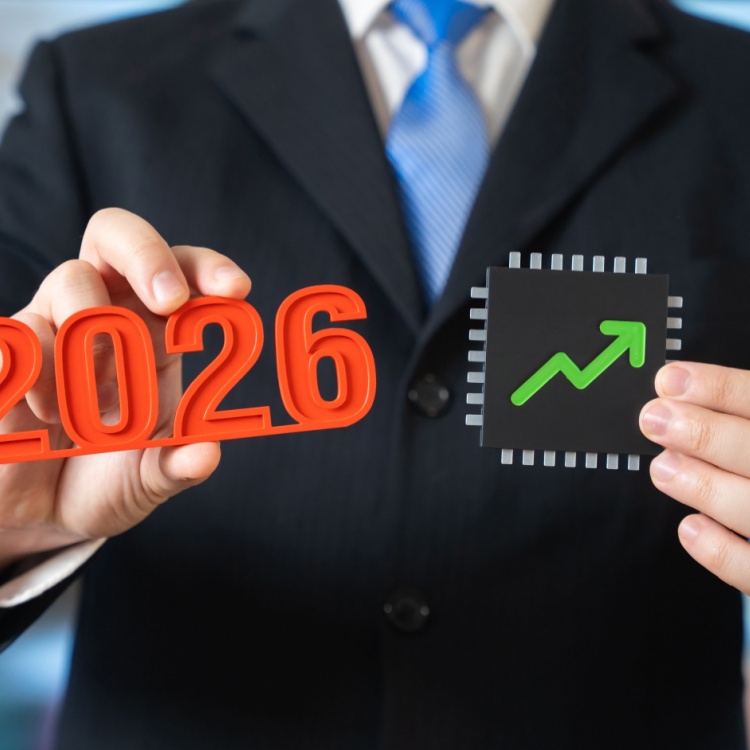Electric Aircraft and the Future of Flight

The aerospace industry has been evolving towards a more carbon neutral future with hybrid aircraft. The next step is getting hybrid (and perhaps even purely electric) airplanes runway ready and suitable for passengers. Here are some of the heavy hitters in the field.
At the end of the blockbuster hit “Back to The Future”, Doc Brown says, “Where we’re going, we won’t need roads.” The question is, where we’re going, will we need fuel?
Almost all major industries in the world are doing their part in reducing their carbon footprint to achieve carbon neutrality. Land transportation industries such as car manufacturers and OEM companies have been some of the most visible proponents of this. Hybrid cars and e-cars are set to replace traditional cars to support more sustainable goals.
Why should air travel be different?
Aviation companies are currently in a race to develop new technology to make aircraft more sustainable, economic to use, quieter, and produce fewer carbon emissions. Much like hybrid cars that run on both fuel and electric power, hybrid airplanes have also been developed in the last decade, and the next step is getting these to go commercial.

The Runway So Far
There’s potential for new business when it comes to commercial electric planes. The United States has over 5,000 smaller airports that could be home to electric planes, which in turn could be used as a hub connecting passengers to larger airports in the country.
The application of electric planes in commercial space makes a strong case in terms of environmental and sustainable issues. Scientific American says that a study published by NASA noted that “wider use of electric aircraft would save fuel”. In conventional airplanes, anywhere from half to two-thirds of their fuel is wasted. An electric motor, on the other hand, makes use of 90% of the energy it receives from batteries to turn an airplane’s propellers.
How rapid is the development of these electric planes? According to The National Renewable Energy Laboratory (NREL), an estimated 170 hybrid airplane projects are underway in 2022, almost double the number of projects in 2018. The NREL projects that the market for these planes “could see strong growth starting in 2028”, the year 50 to 70-seater electronic planes are expected to make their debut.
(Also read: All Aboard The Hydrogen Plane)
Flying Electric: Aviation Pioneers in the Hybrid Aircraft Space
One of the earliest players in the electric plane game is Pipistrel, an aviation company that won a $1.1 million prize from a NASA-sponsored “green flight” contest in 2011 and has since gone on to develop several types of electric airplanes.
To date, the company has four electric airplanes on the market and has partnered with Textron to create more. Named after the Italian word for “bat”, Pipistrel produced the world’s first electric-powered aircraft internationally certified as safe for passenger flights, the Velis Electro.
The Velis Electro is a revolutionary aircraft that according to Pipistrel’s official website is the “first-ever Type Certified electric powered airplane”. It is fully approved for pilot training and is the first to support SAE AE-7D charging plug.
Meanwhile, in the United Kingdom, an aviation company called Faradair aims to become a pioneer in the commercial electronic airplane space, making air commercial air travel more environmentally friendly and even cheaper for passengers.
They’ve conceptualized an aircraft that seats 19 and would run by a fan driven by an electric motor. This plane would have a triple-level wing so that it could take off and land on shorter runways. The BBC has described it as “having a passing resemblance to a World War One fighter, despite having state-of-the-art aerodynamics.” Faradair is calling it “ a flying van in the sky” and “the world’s most environmental airplane”.
Its CEO, Neil Cloughley claims that such an aircraft would have fewer moving parts than conventional airplanes, thus making it cheaper to run, will be quieter, and would produce fewer emissions. The Faradair model, called the Beha, is economic to use, sustainable, quiet, and potentially profitable, allowing short stops between cities such as London and Manchester for less than the cost of a train ticket.
Faradair projects the Beha will be flying by 2027.
One of the more popular electric planes that have flown is the Alice. Developed by the Israeli aviation company, Eviation, the Alice, designed to fly 600 miles purely on electric power.
With a prototype that came out in 2019, Eviation was set to do test flights of the Alice in 2022. Meanwhile, Eviation’s vision for electric planes remains positive, and the company is hoping that their planes can fit 20-40 passengers in the next ten years.
While passenger flight is in the pipeline for Eviation, DHL has reportedly ordered a dozen units of Alice to be delivered in 2024. Electronic airplanes have been doing well when it comes to shorter range and regional trips, and air cargo is one industry taking advantage of aviation technology.
What Challenges Electric Planes from Going Commercial?
Electric planes are faced with three major challenges in the race to go commercial. First, distance and range are limited. Electric planes do well with shorter range flights such as city to city or region to region mainly because of their battery power, which is the second challenge.
According to this article from BBC News, batteries for electric airplanes contain less energy per kilogram than traditional airplane fuels, which makes them too heavy to power over longer distances.
Says Dr. Andreas Strohmayer, who heads the University of Stuttgart’s Institute of Aircraft Design, “The specific energy of today's batteries is far from what you would need. We are getting in the region of 200 watts [hours] per kilogram, where we would need 1,000 or 1,500. So, we are far from what we would need for a large aircraft."
The third challenge is regulation. The Federal Aviation Administration (FAA) has yet to create any clear guidelines for electric planes. Hybrid and electric planes fall under the Advanced Air Mobility category, which does not yet currently have any concrete regulatory framework.
Amid these challenges, the aviation industry is continually evolving and the potential for these electric planes is growing. In September 2021, NASA donated $254 million to GE Aviation and MagniX to develop electric planes and bring the technology to U.S. fleets by 2035.
Between the innovations for landed vehicles and airplanes, the electronics race is gaining track and accelerating by the day. While these projections feel far off, it won’t be long before we’re there, and we can only hope these visions for electronic planes take off smoothly.
As one of the Top 19 EMS companies in the world, IMI has over 40 years of experience in providing electronics manufacturing and technology solutions.
We are ready to support your business on a global scale.
Our proven technical expertise, worldwide reach, and vast experience in high-growth and emerging markets make us the ideal global manufacturing solutions partner.
Let's work together to build our future today.




